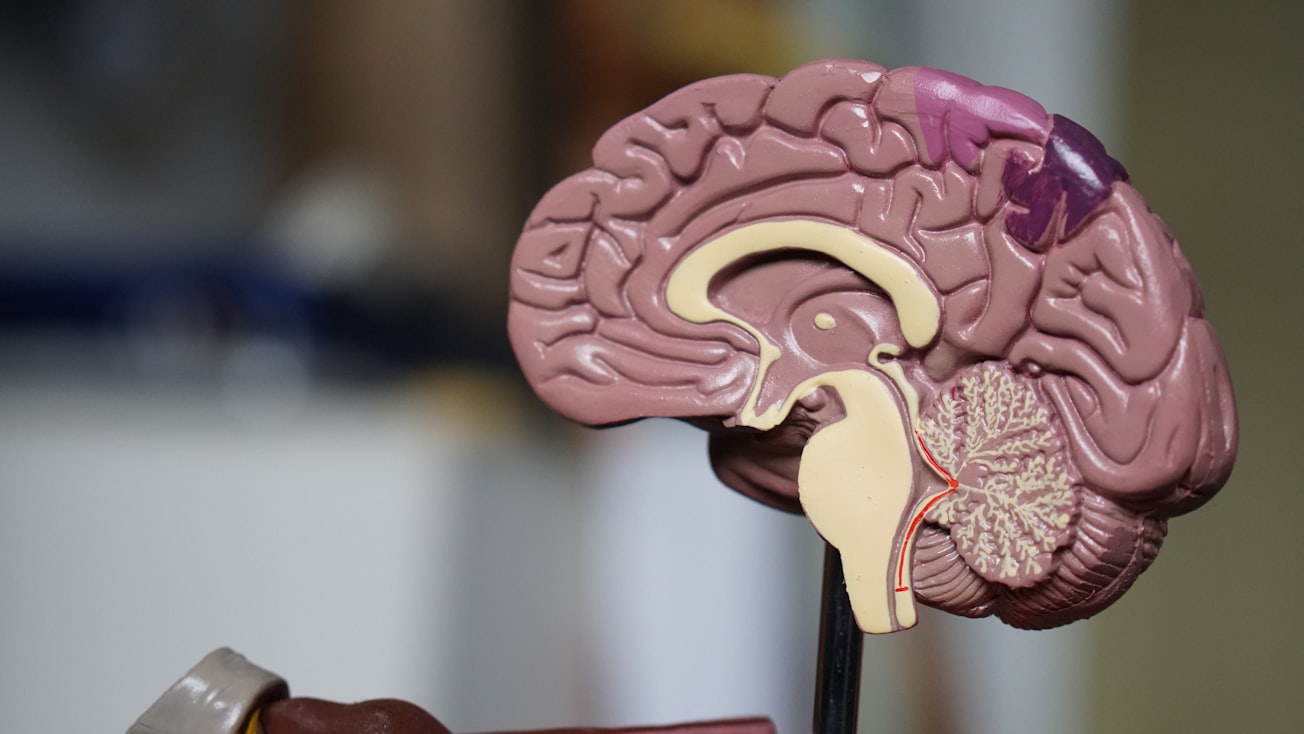What is it about?
In longitudinal settings, we analyzed neuroimaging and single nucleotide polymorphism datasets obtained from the Alzheimer’s Disease Neuroimaging Initiative for three clinical stages of the disease, including healthy control, early mild cognitive impairment and Alzheimer’s disease subjects. We conducted a GWAS regressing the absolute change of global connectivity metrics on the genetic variants, and used the GWAS summary statistics to compute the gene and pathway scores.
Featured Image

Photo by Robina Weermeijer on Unsplash
Why is it important?
Although methods have been proposed for integrating image characteristics and genetic information for studying Alzheimers, the measurement of disease is often taken at a single time point, therefore, not allowing the disease progression to be taken into consideration.
Perspectives
We observed significant associations between the change in structural brain connectivity defined by tractography and genes, which have previously been reported to biologically manipulate the risk and progression of certain neurodegenerative disorders, including Alzheimer’s disease.
Alessandro Crimi
Universitat Zurich
Read the Original
This page is a summary of: Genome-Wide Association Study of Brain Connectivity Changes for Alzheimer’s Disease, Scientific Reports, January 2020, Springer Science + Business Media,
DOI: 10.1038/s41598-020-58291-1.
You can read the full text:
Resources
Contributors
The following have contributed to this page







